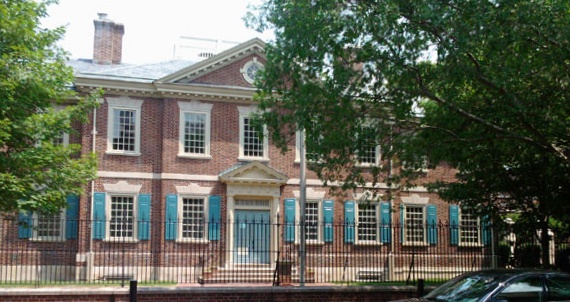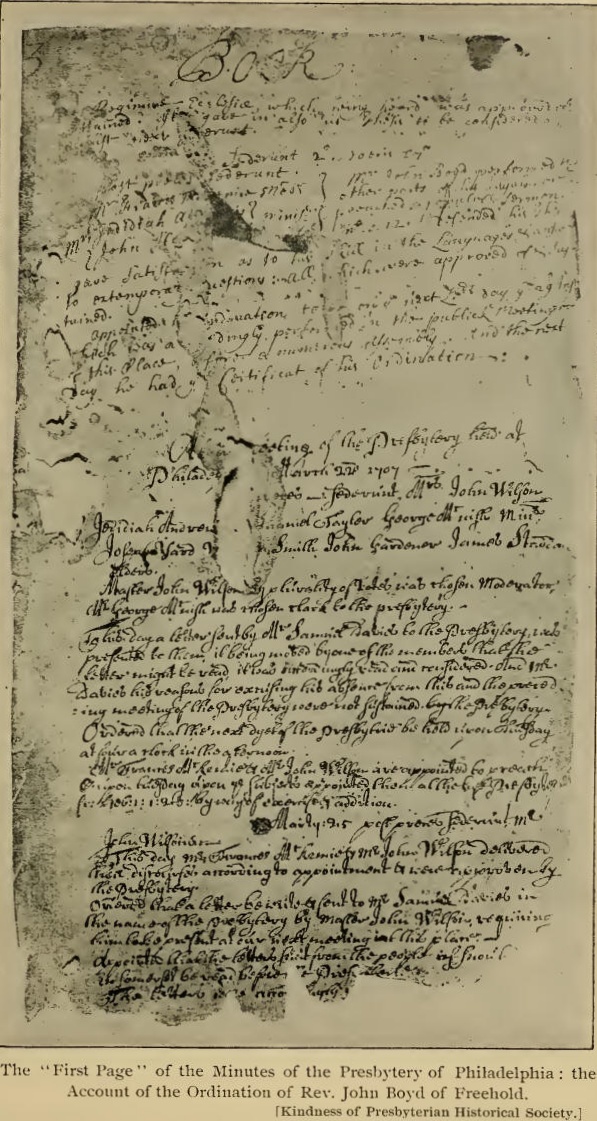(Receive our blog posts in your email by clicking here. If the author links in this post are broken, please visit our Free PDF Library and click on the author’s page directly.)
The story of James Bradley has many curiosities, unanswered questions and fascinating details. Born around 1810 in Guinea, Africa, he was enslaved at a very young age and transported to the United States via Charleston, South Carolina, before he was purchased by a Mr. Bradley of Kentucky (whose last name he assumed), before the family moved to the Arkansas Territory.
There the Mr. Bradley passed away, but James continued to toil in servitude. Although he had not been taught of God, he longed for liberty, and began the laborious effort — by working at night to make horse collars, and by means of growing tobacco and selling pigs — to purchase his own freedom, which after eight years, he accomplished in 1833 for the sum of just under $700. In his own words, he tells of where he went next as a free man.
As soon as I was free, I started for a free State. When I arrived in Cincinnati, I heard of Lane Seminary, about two miles out of the city. I had for years been praying to God that my dark mind might see the light of knowledge. I asked for admission into the Seminary. They pitied me, and granted my request, though I knew nothing of the studies which were required for admission. I am so ignorant, that I suppose it will take me two years to get up with the lowest class in the institution. But in all respects I am treated just as kindly, and as much like a brother by the students, as if my skin were as white, and my education as good as their own. Thanks to the Lord, prejudice against color does not exist in Lane Seminary! If my life is spared, I shall probably spend several years here, and prepare to preach the gospel.
Bradley’s Brief Account of an Emancipated Slave, published in 1834, reveals a man who, in the Lord’s providence, despite many obstacles, managed to learn how to read and write, became knowledgeable of his need for a Savior, and with a longing for liberty, achieved his personal goal of emancipation from slavery and sought rather to serve the Lord.
Bradley’s admission to a Presbyterian seminary in 1834, came just a few years after Theodore S. Wright, a free African-American, graduated from Princeton in 1828, and later was ordained as a Presbyterian minister. It was in 1837 that Titus Basfield graduated from the Canonsburg Theological Seminary of the Associate Presbyterian Church and went on to serve as a minister in that denomination. Sadly, events transpired at Lane which would derail Bradley’s aspirations to pursue the gospel ministry.
In 1834, a series of debates were held among students and faculty concerning the appropriateness of immediate abolition of slavery, and the question of the work of the American Colonization Society, which aimed to send free blacks to Africa, to build the new nation of Liberia. Although the general sentiment of opposition to slavery was held by many at Lane, these were controversial matters which raised tensions at the seminary and in the surrounding area, which were magnified by nationwide newspaper coverage. Many notable people were present, including Lyman Beecher, President of the seminary; Calvin Ellis Stowe, a professor, and his future wife, Harriet Beecher; John Rankin; and others. James Bradley spoke at these debates, and he was the only black person and only former slave to do so; although some slaves, owned by Southern students, were also present at the debates. He recounted the oppression he experienced, and answered objections to immediate abolition, such as the concern that slaves would be unable to care for themselves.
In a March 10, 1834 letter, fellow student Henry B. Stanton recount Bradley’s role at the Lane Debates:
James Bradley, the emancipated slave above alluded to, addressed us nearly two hours; and I wish his speech could have been heard by every opponent of immediate emancipation, to wit: first, that “it would be unsafe to the community;” second, that “the condition of the emancipated negroes would be worse than it now is; that they are incompetent to provide for themselves; that they would become paupers and vagrants, and would rather steal than work for wages.” This shrewd and intelligent black, cut up these white objections by the roots, and withered and scorched them under the sun of sarcastic argumentation, for nearly an hour, to which the assembly responded in repeated and spontaneous roars of laughter, which were heartily joined in by both Colonizationists and Abolitionists. Do not understand me as saying, that his speech was devoid of argument. No it contained sound logic, enforced by apt illustrations. I wish the slanderers of negro intellect could have witnessed this unpremeditated effort. I will give you a sketch of this man's history. He was stolen from Africa when an infant, and sold into slavery. His master, who resided in Arkansas, died, leaving him to his widow. He was then about eighteen years of age. For some years, he managed the plantation for his mistress. Finally, he purchased his time by the year, and began to earn money to buy his freedom. After five years of toil, having paid his owners $655, besides supporting himself during the time, he received his “free papers,” and emigrated to a free State with more than $200 in his pocket. Every cent of this money, $855, he earned by labour and trading. He is now a beloved and respected member of this institution. Now, Mr. Editor, can slaves take care of themselves if emancipated? I answer the question in the language employed by brother Bradley, on the above occasion. “They have to take care of, and support themselves now, and their master, and his family into the bargain; and this being so, it would be strange if they could not provide for themselves, when disencumbered from this load.”
Bradley acquitted himself admirably at the debates, but the seminary trustees were soon moved to ban further discussion of these controversial issues. Local threats of violence against abolitionists were a great concern. Unable to abide by these restrictions, the so-called “Lane Rebels” resigned from the school en masse in October 1834, publishing A Statement of the Reasons Which Induced the Students of Lane Seminary, to Dissolve their Connection with that Institution, signed by 51 persons, including James Bradley.
Bradley moved to Oberlin, Ohio, where he studied at the Sheffield Manual Labor Institute. But after 1837 nothing further is known of Bradley, except that he assisted in the liberation of other slaves possibly via the Underground Railroad. He never became a gospel minister. We do not even have a picture of the man or a physical description, although a statue was erected in his honor at Covington, Kentucky in 1988. Bradley was portrayed by Jaylen Marks in the 2019 docudrama Sons & Daughters of Thunder.
Although he was lost to history, in that the final chapters of his life are unknown, he is remembered still, as a passionate advocate of freedom for all, and the autobiographical account of his emancipation is a brief but stirring read. Read more about and by James Bradley here.





